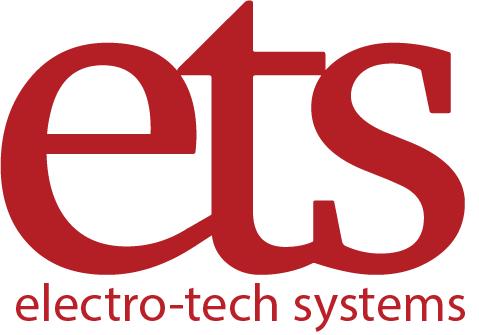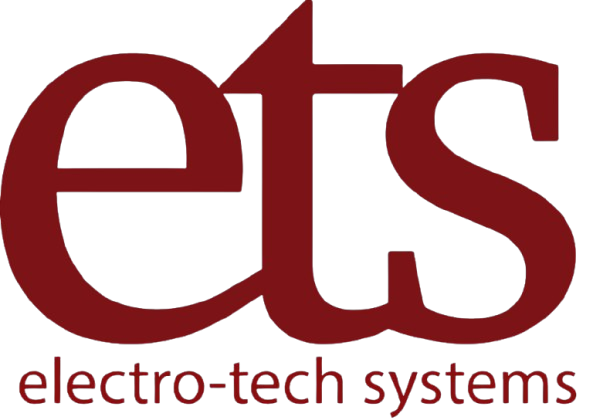How Electrostatic Probes Work: Principles & Applications
Electrostatic probes are vital tools in the domains of plasma physics, materials research, and other industrial applications. They enable precise measurements of electric potentials, charge distributions, and other key characteristics, thereby boosting our understanding and control of electrostatic phenomena. This article examines the various uses of electrostatic probes and digs into the underlying theories.
Electrostatic probes are essential diagnostic tools in plasma physics, used to measure parameters like electron density and temperature. They operate by inserting a charged probe into a plasma, collecting data based on voltage-current characteristics. Applications range from fusion research to space exploration, helping scientists analyze and optimize plasma behavior effectively.
Electrostatic Probe Fundamentals
Fundamentally, electrostatic probes work by identifying potentials or electric fields without substantially altering the system being studied. Electrostatic induction is the basic principle of operation, in which an electric field induces an induced electric field by causing a redistribution of charges within the probe. The properties of the original electric field are then deduced by measuring and analyzing this induced field.
The Langmuir probe is a popular kind of electrostatic probe that is widely utilized in plasma diagnostics. With the help of a conductive wire that is put into the plasma, current-voltage characteristics that disclose important plasma properties including electron temperature, plasma density, and plasma potential can be obtained by adjusting the probe’s voltage. Understanding plasma behavior and developing applications ranging from controlled nuclear fusion to semiconductor fabrication depends heavily on the data obtained from these measurements.
The surface potential probe, which measures the electric potential of surfaces without direct touch, is another noteworthy variation. High-resolution surface potential difference detection is made possible by non-contact techniques such as Kelvin Probe Force Microscopy (KPFM). This method is especially useful when examining materials where high precision is needed or where contact may change the surface characteristics.
Electrostatic Probe Applications
Because of their adaptability, electrostatic probes are being used in a variety of scientific and industrial fields:
- Plasma Diagnostics: In plasma research, electrostatic probes are essential for determining key parameters such as ion densities, electron and ion temperatures, and electrostatic potential differences. These measurements are fundamental in advancing our understanding of plasma behavior, which is pivotal in fields like astrophysics and controlled nuclear fusion.
- Semiconductor Manufacturing: The production of semiconductor devices necessitates careful control over surface characteristics. Surface potential probes are used to identify and quantify static charges that can negatively impact the functionality of microelectronic components. By offering precise surface potential measurements, these probes contribute to the preservation of semiconductor device integrity during manufacturing.
- Material Science: Knowledge of a material’s surface properties is essential for creating new materials with desired properties. Electrostatic probes make it easier to study surface charge distributions, which helps create materials with specific electrical properties. This information is useful for applications ranging from preventing corrosion to creating new conductive materials.
Advanced Features and Things to Think About
Contemporary electrostatic probes come with cutting-edge features to improve their functionality and usability:
- Digital Integration: Real-time data analysis and visualization are made possible by the use of digital technology. When electrostatic parameters need to be continuously monitored in dynamic situations, this capability is especially helpful.
- Automated Calibration: Many probes have automated calibration features to preserve measurement accuracy over time. This guarantees consistent performance and lessens the need for human modifications.
- Non-Contact Measurement: To avoid contamination or surface change, several applications require measurements to be made without physical contact. Non-contact electrostatic probes are made to measure potentials or electric fields remotely while maintaining the integrity of the surface being studied.
- Safety Features: Safety is of the utmost importance while handling strong static charges. Probes are designed with features that prevent the accumulation of excessive charge, thereby minimizing the risk of sparks or explosions in sensitive environments.
Conclusion
Electrostatic probes are vital instruments that bridge the gap between theoretical studies and practical applications involving electric fields and potentials. Their ability to provide precise, real-time measurements makes them indispensable in research and industry alike. As technology continues to advance, the development of more sophisticated electrostatic probes will undoubtedly open new avenues for exploration and innovation across various scientific and industrial sectors.


